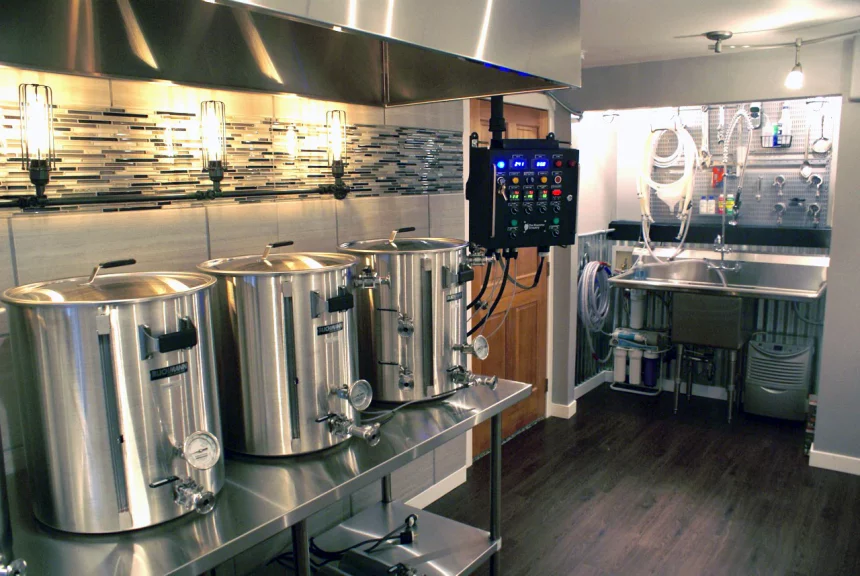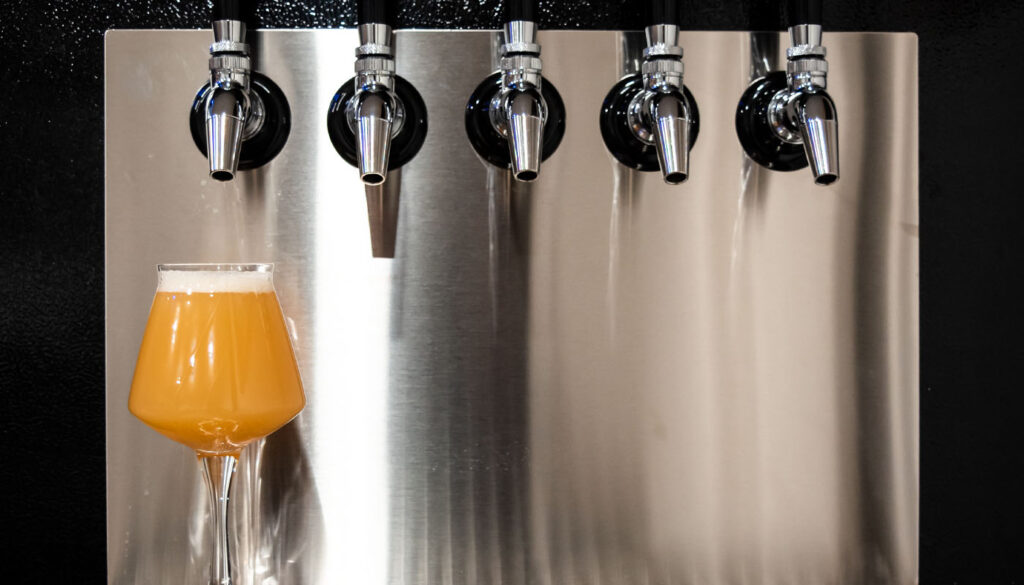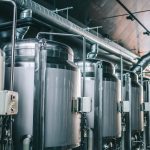Drinking indoors is a real luxury than drinking outdoors or in a garage. However, building an underground bar safely and efficiently requires a lot of thought and planning. Over the last few years I have been through the closure of two different electric brewery of his. After investing a lot of time and money in a permanent bar bad… I know.
The good news is that specialty bars are part of our property search criteria. Second, it helped that my tantrums were gone and I hadn’t had a drinking day in a while. Finally, I was given a chance to start over and I learned from my mistakes. and made on top of shortages. Unless you’ve been working somewhere for a while, it’s hard to know exactly what you want.
My initial plan was simple. Yesterday from theelectricbrewery.com it works great and works great. It sets the gold standard for building a home bar with all the bells and whistles. Their website is full of information and resources to help you get started. It almost never went as planned like a dream. But it works.
Electric brewery basics
I did a lot of research before deciding to buy just one. I searched hundreds of websites and forums for advice from fellow brewers. Instagram is a great place to start as many homebrewers showcase their plans. I think it’s important to discuss the basic idea of homebrewing.
Conversion of propane to electricity
One of the advantages of electronic music is that you can drink it indoors. We do not recommend burning propane gas in an enclosed space. Carbon monoxide hazards are dangerous and can cause serious harm. Most electric music players have an internal heater powered by a 240v generator (similar to a stove or oven) (Clawhammer 120v or BrewZilla). So I am not involved.
ULWD (Ultra Low Watt Density) Heater
I use his ULWD spike heater at 5500 watts powered by Brew Commander. My element listens to a 1.5″ Tri-Clover port, can be easily removed for cleaning etc. and is very easy to connect to the Brew Commander. Brew Commander is easy to use and works well with BIAB apps. It runs the Elements and has a great touchscreen. If you’re looking for a similar approach, I can’t recommend it enough for the price.
GFCI protection
GFCI protection is important when mixing electricity and water. GFCI stands for Ground Fault Circuit Interrupter. Shut down the power immediately and disconnect the power from the power supply. This type of compensation could save your life.
I had an electrician install standard GFI protectors on the drains etc. for the outlets in the basement. And a special 30-amp Square D GFCI protection breaker for my Beverage Commander. GFCI breakers are more expensive than standard breakers. But you have to live with it (it costs $100).
Ventilation or heat removal
Vapor removal is an important consideration. Cooking the plant for 60-90 minutes will produce more heat. A gallon of water can leak out of the bar sink. Without a ventilation system, you may face serious mold outbreaks in your home. There are two options. Steam condenser or kitchen dimension hood or condensate hood
Hood/Condenser valve
Rare range hoods require an outdoor exhaust system. The problem is that large and powerful extractor hoods can also produce condensation. It may not be enough; it depends on your configuration and requirements.
Condensation hoods are the gold standard for professional ventilation in industrial kitchens. But it is a very expensive option. Most air conditioners require some airflow through separate vents or fans. To compensate for the air leaving the room.
Steam condenser engine
The steam condenser, on the other hand, is a relatively new component for home electric brewery. A steam condenser is cheap. I used Brew Hardware’s Steam Slayer. This material can be attached to the top of the chimney cover or through the side wall of the chimney. It connects to a 1.5 inch TC connector. More details and full review here.
Inside the unit is a steam condenser with a fine atomizer and a tap cooling system. The vapor enters the tee and meets the water droplets, where the vapor is converted back to a liquid. In my case, the bottom goes into a dirt bucket or tank.
The only disadvantage of steaming is that you use a lot of water (about 6 liters for 1 hour of cooking) and that you have to cover the bar during cooking. The good news is that you can save a lot of time, money and waste by eliminating heat. I decided to go the Steam Slayer route and am very happy with my choice. Another advantage is the low temperature (about 60 liters per hour) and the ability to maintain high temperatures with less energy.
Improvements to the main electric brewery build 2.0.1
We’re lucky enough to have a separate room perfect for a home bar in the finished basement of our new home, which is surprising since the rest of the main floor is plastered and carpeted.
The necessary herb chamber is completed. The place is open, but has plenty of easily accessible plumbing and electrical options. Naturally, this saves a lot of time and money associated with completing custom hosting. It goes without saying that things are going very well.
I clicked on what was available there. We added the 8 foot cutting board shelf on top of the existing shelf.

The workspace behind the bar
Access to sink and water. A custom sink is essential. Tired of picking up equipment and trying to clean the bar or bar pot outside or in the sink? The sink doubles as the Steam Slayer’s sink, so you don’t have to make sure you have enough hot water to empty the bucket.
My first bar was a 24″ x 24″ stainless steel tank and now my new bar size is a 24″ x 36″ Regency sink. Even if you don’t wash the water in the sink. But it was full of germs and what was in jars. The large water tank makes it easier to clean, water and adjust the tank.
Conclusion
Having a dedicated winemaking area makes the entire winemaking process much easier and more enjoyable. No need to go back and forth from the garage to the kitchen. Everything has a place and makes logical sense. It’s not just active, it’s a relaxed place where you want to drink a beer and chat. It’s right next to the finished basement, so it adds a lot of atmospheres. I still have a few little touches like shelves for glassware and other random things. Wish there was a TV on the back wall too!
There are many sweet brewers who have inspired me. I really hope this was helpful and inspired you.











